オペラ「椿姫」も、シャネルの「カメリアシリーズ」も、1835年に博物学者のシーボルトが『日本植物誌』で「冬のバラ」としてツバキ(Camellia japonica)を紹介したことはじまったもの。紫陽花の学名「Hydrangea otaksa」には、シーボルトの妻お滝さんの名前がはいっています。日本を西洋に紹介したシーボルトは、植物のみならず瀬戸内海という概念そのものもシーボルトが紹介する以前は、存在しませんでした。
Both the opera La Traviata and Chanel’s Camellia series began in 1835, when the naturalist Siebold introduced the camellia (Camellia japonica) as a “winter rose” in his “Botanical Journal of Japan”. The scientific name of the hydrangea, Hydrangea otaksa, is named after Siebold’s wife Otaki. Siebold introduced Japan to the West, but not only plants, but also the concept of the Seto Inland Sea itself did not exist before Siebold’s introduction.
2018年09月11日撮影
シーボルト(1796〜1866)は、鎖国下の日本に西洋の医学を伝え、医学の発展に大きく貢献した医師として広く知られています。彼はまた、植物学に造詣が深く、日本の植物を初めてヨーロッパに紹介した博物学者でもありました。
Siebold (1796-1866) is widely known as the physician who introduced Western medicine to Japan during the period of national isolation and contributed greatly to the development of medicine. He also had a deep knowledge of botany and was the first naturalist to introduce Japanese plants to Europe.
オランダ商館医として1823年から1829年まで長崎の出島に滞在し、私塾・鳴滝塾で多くの門人を育てる一方、シーボルトは日本の動植物を研究し、2,000株近い植物と数千の種をオランダに持ち帰り、日本の植物をヨーロッパ中に広めました。今日、オランダの庭園には、「sieboldii」あるいは「sieboldiana」「japonica」という名のついた植物が数多く見られ、オランダで普通に見られる植物の70%がシーボルトが日本から持ち帰ったものだと言われています。シーボルトは日本滞在中に瀬戸内海を航行し、その島々の美しさを初めてヨーロッパに伝えた人でもあります。
While staying on Dejima Island in Nagasaki from 1823 to 1829 as a Dutch merchant doctor and training many students at his private school, Narutaki-juku, Siebold studied the flora and fauna of Japan and brought back nearly 2,000 plants and thousands of seeds to the Netherlands, spreading Japanese plants throughout Europe. Today, many plants with the names ‘sieboldii’, ‘sieboldiana’ or ‘japonica’ can be found in Dutch gardens, and it is estimated that 70% of the plants commonly found in the Netherlands were brought back from Japan by Siebold. Siebold was the first person to sail the Seto Inland Sea during his stay in Japan and was the first to introduce the beauty of its islands to Europe.
紫陽花
瀬戸内海は、古来、日本人に親しまれ、1934(昭和9)年には日本最初の国立公園に指定されたすぐれた景勝地です。しかし、その最大の特徴である「内海多島海」という瀬戸内海の風景が「発見」され、賞賛されるようになったのは、シーボルトが瀬戸内海を記述してからだと言われています。古代の『万葉集』以来、瀬戸内海の名所旧跡は歌に詠まれてきましたが、それは点としての風景であり、「瀬戸内海」という広域にわたる風景としてはとらえられてはいませんでした。
The Seto Inland Sea has been familiar to the Japanese since ancient times and was designated Japan’s first national park in 1934, making it an outstanding scenic area. However, it is said that it was not until Siebold described the Seto Inland Sea that its most distinctive feature, the ‘Inland Sea Archipelago’, was ‘discovered’ and praised. Since the ancient Manyoshu (Anthology of Myriad Leaves), the famous sites and historic places of the Seto Inland Sea have been described in poems, but they were only points in the landscape and not the wider landscape of the ‘Seto Inland Sea’.
シーボルトは1826年にオランダ商館長の江戸参府に随行し、瀬戸内海を船で往復します。この時の紀行文を、大著『日本』の中に記し、それはヨーロッパで高く評価され、日本観、瀬戸内海観について、欧米人に大きな影響を与えました。シーボルトは詳細に瀬戸内海の地形、地質、植物について調査報告し、多島海の成因についても科学的に説明しています。シーボルトは、本島を含む塩飽諸島に船でさしかかった時に見た風景について、次のように記述しています。
In 1826, Siebold accompanied the chief of the Dutch trading post to Edo (now Tokyo) and sailed back and forth across the Seto Inland Sea. He wrote a travelogue of this trip in his major book Japan, which was highly praised in Europe and had a major impact on Westerners’ views of Japan and the Seto Inland Sea. Siebold made detailed investigations and reports on the topography, geology and flora of the Seto Inland Sea, and gave a scientific explanation for the formation of the Archipelago Sea. Siebold described the scenery he saw when he sailed to the Shiwaku Islands, including the main island, as follows.
「この内海の航海をはじめて以来、われわれは日本におけるこれまでの滞在中最も楽しみの多い日々を送った。船が向きをかえるたびに魅するように美しい島々の眺めがあらわれ、島や岩島の間に見え隠れする日本(本州)と四国の海岸の景色は驚くばかりで―ある時は緑の畑と黄金色の花咲くアブラナ畑の低い丘に農家や漁村が活気を与え、ある時は切り立った岸壁に滝がかかり、また常緑の森のかなたに大名の城の天守閣がそびえ、その地方の飾る無数の神社仏閣が見える。はるかかなたには南と北に山が天界との境をえがいている。隆起した円い頂の峯、それをしのぐ円錐の山、ぎざぎざの裂けたような山頂が見え―峯や谷は雪におおわれている。」
「島の多くは険しい岸で特色づけられ、海面下に連なっている山脈の頂上と思われ、その方向は概して東北をさし、山脈の性質は火山活動による成立を物語っている。それは有史以前の地殻変動の舞台であるが、温和な島国の気候と千年の努力がこれを野趣の溢れたロマンチックな庭園に作り変えたのである。なるほどいま植物は休息の状態にあり、島はなお日本の植物群の冬型を示しているが、常緑の葉をもった樹木の多数の種類ことにスギ・マツなどのすばらしい松柏類は日本の特徴ある植物であり、早く花を開く樹木や潅木はこの地方に常春の外観を与えている。」
「これまで日本で見た最も美しい景色のひとつ」
「このおとぎの森を通してわれわれは、ちょうど陸から海へ吹く弱い風で波立ち、落日の光に輝く多島海の眺めを楽しんだ。遠くにも近くにも島が見える。小豆島・前島 ・家島・淡路島の一部分、さらに数え切れぬ島々がわれわれの眼前にある。それらの島は距離の関係で輝く緑や青の色にも濃淡があり、遠く背後には四国のまだ雪におおわれた山々の峯が金色や銀色の光を浴びて輝いている。白帆は数え切れぬほどそこに見え沈んでゆく太陽に誘われて、どんどん大きくなって港に近づいてくる。」
(斉藤信訳『江戸参府紀行』より):江戸時代後期に来日したドイツ人医師・博物学者、シーボルトの紀行文。大著「日本」から、1826(文政9年)にシーボルトが経験した江戸参府の旅行記の部分を抜粋・邦訳したもの。
The view of the coast of Japan (Honshu) and Shikoku is astonishing – at times, farmhouses and fishing villages come alive on the low hills of green fields and golden fields of oilseed rape, at other times, waterfalls cascade over sheer cliffs, and innumerable shrines and temples adorn the region. At other times, waterfalls cascade over sheer cliffs, the castle towers of feudal lords soar above evergreen forests, and countless shrines and temples adorn the region. In the far distance, mountains to the south and north mark the border between the heavens. Rising round-topped peaks, overhanging conical mountains and jagged peaks can be seen – the peaks and valleys are covered with snow. (From the translation by Makoto Saito, Edo Sanpu Kiko).”
1871(明治4)年より欧州11カ国を歴訪した岩倉使節団は、その報告書のなかで、西洋では瀬戸内海を「世界第一の景」と称していると記述しています。その頃、すでに瀬戸内海の風景は欧米人に賞賛され、世界的な名声を得ていたのです。大衆観光の近代ツーリズムの産みの親トーマス・クックも、1872(明治5)年から222日間の世界一周旅行を行った際、日本にも立ち寄り、瀬戸内海を絶賛しています。
The Iwakura Mission, which visited 11 European countries from 1871 (Meiji 4), described in its report that the Seto Inland Sea was referred to in the West as “the world’s number one landscape”. At that time, the scenery of the Seto Inland Sea was already admired by Westerners and had gained worldwide fame. Thomas Cook, the father of modern mass tourism, also stopped in Japan on his 222-day round-the-world trip from 1872 and praised the Seto Inland Sea.
シーボルトは日本滞在中、日本についての総合的な調査を行い、特に植物調査・研究を精力的に展開します。シーボルトは医師でしたが自然科学への造詣も深く、薬草研究にも通じる植物学は医学とも密接に関連していました。シーボルトは自ら植物を収集するだけでなく、門人や日本の学者らから大量の資料提供を受け、収集した植物標本は1万点におよんだと言われています。
シーボルト事件後、オランダに帰ったシーボルトは、1835年に『日本植物誌』の出版を開始します。150の植物図版とその解説を収録した本書は、植物学者ツッカリーニとの共著で、当時は分冊として発行され、最終分冊が出版されたのはシーボルト死後の1870年。35年もの歳月をかけて刊行されたのです。
『日本植物誌』は植物学や民俗学、文化史の視点からも、また植物画(ボタニカル・アート)としても極めて水準の高いものでした。その制作には、日本の本草学者・宇田川榕菴、水谷豊文や桂川甫賢らから収集した資料や絵師・川原慶賀などの下絵が寄与しました。シーボルトの覚書からは、当時の日本人の植物についての知的水準の高さと、日本人が植物といかに身近に接していたかが伝わってきます。またシーボルトは、西洋植物学の日本への紹介にも貢献しました。門下生・伊藤圭介はシーボルトより授かったシュンベルク著『日本植物誌』を『泰西本草名疏』として翻訳し、リンネの植物体系を日本に初めて紹介しています。
『日本植物誌』は日本の観賞植物に焦点を当てています。美しい図版を伴った日本産植物の紹介は、ヨーロッパ各国のガーデニングに圧倒的な影響を及ぼし、19世紀から20世紀にかけて、ヨーロッパは日本や中国の植物の移入に熱狂します。その仕掛け人がシーボルトだったのです。
シーボルトは日本の植物がヨーロッパで育つように気候馴化植物園を設立し、園芸振興のための組織を創り、販売カタログを作成し、種子や苗木の通信販売を手がけます。それはまた、私費出版であった『日本植物誌』の出版を継続する助けとなりました。シーボルトは『日本植物誌』の完成のためにあらゆる努力を尽くしたのです。
現在、シーボルトの採取した植物標本は、その大部分がライデンのオランダ国立植物標本館にあります。
筑摩書房
売り上げランキング: 302,313
青幻舎
売り上げランキング: 280,044
Sagwan Press
シーボルトは、瀬戸内の魅力をヨーロッパへ伝えた。持ち帰った日本の植物も広めた。環境彫刻による庭を制作し、瀬戸内の自然で育つ植物が一面を覆い尽くす。
作家:川口豊(かわぐちゆたか)さん、内藤香織(ないとうかおり)さん
休業:無休
料金:無料
住所:香川県丸亀市本島町泊494 [Google Map]
Siebold Garden
Exhibition associated with Philipp Franz von Siebold.Artwork Location : Honjima Tomari / Koushou
Hours : Outdoor artwork
Closed : Open everyday
Artists : Yutaka Kawaguchi / Kaori Naito
Address : 494 Tomari, Honjima island, Marugame city, Kagawa pref., Japan [Google Map]

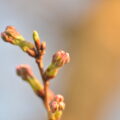
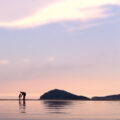
![【高知】魚を守る道、アイスハーバー型らせん魚道 – [Kochi] Ice Harbor type spiral fishway](https://yousakana.jp/wp-content/uploads/wordpress-popular-posts/50244-featured-120x120.jpeg)
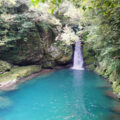
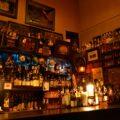

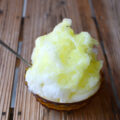
![【香川】春日川の川市 – [Kagawa] River market of Kasuga river](https://yousakana.jp/wp-content/uploads/wordpress-popular-posts/49605-featured-120x120.jpeg)
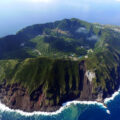
![【香川 8/4-6】真夏の夜の夢2023 in マザーポート高松 - [Kagawa] Setouchi Summer Festival](https://yousakana.jp/wp-content/uploads/wordpress-popular-posts/51118-featured-120x120.jpg)
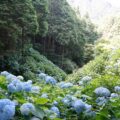

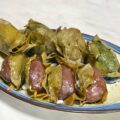
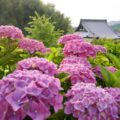
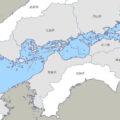
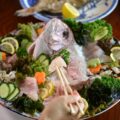

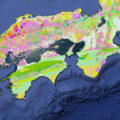
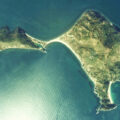
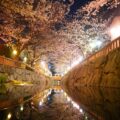
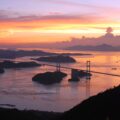
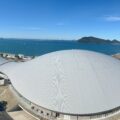
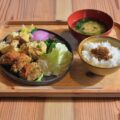
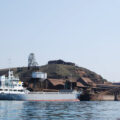
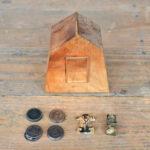

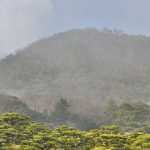
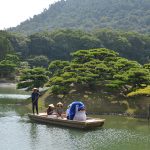
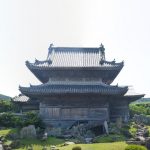
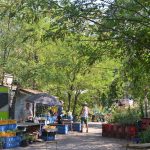
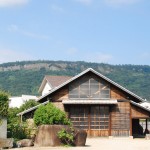
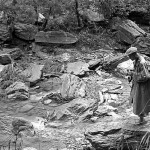

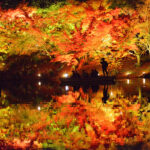
![【徳島】鮮魚のスモーク専門店『日和佐燻製工房』 – [Tokushima] Hiwasa Smokehouse](https://yousakana.jp/wp-content/uploads/2021/06/hiwasa-kunsei-koubou_hiwasa-smokehouse-800x533.jpeg)
![【香川】玉手箱の紫煙のよう。紫雲出山の紫陽花 – [Kagawa] Hydrangeas of Mt. Shiudeyama](https://yousakana.jp/wp-content/uploads/2019/06/Hydrangea-Mt-Shiudeyama.jpg)
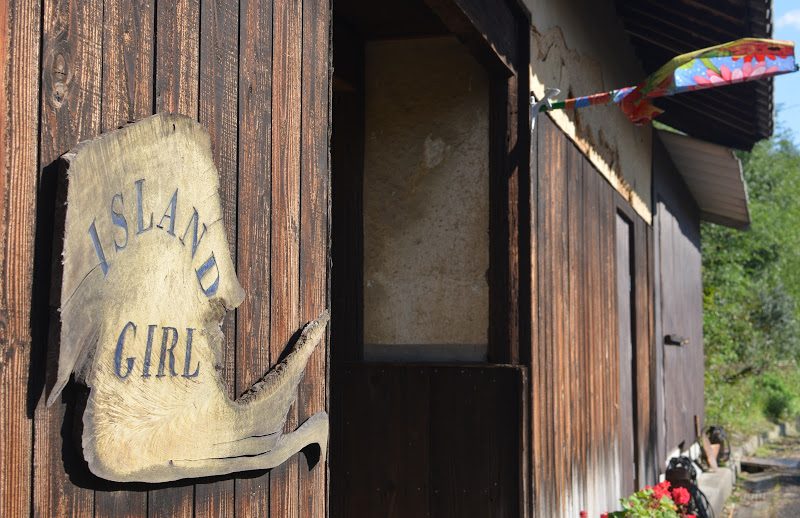
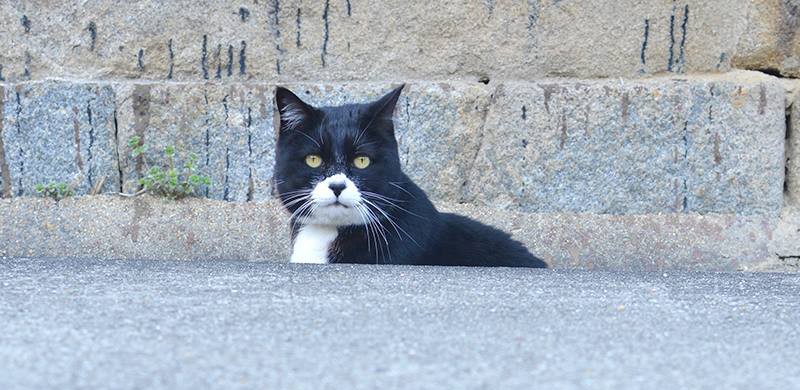
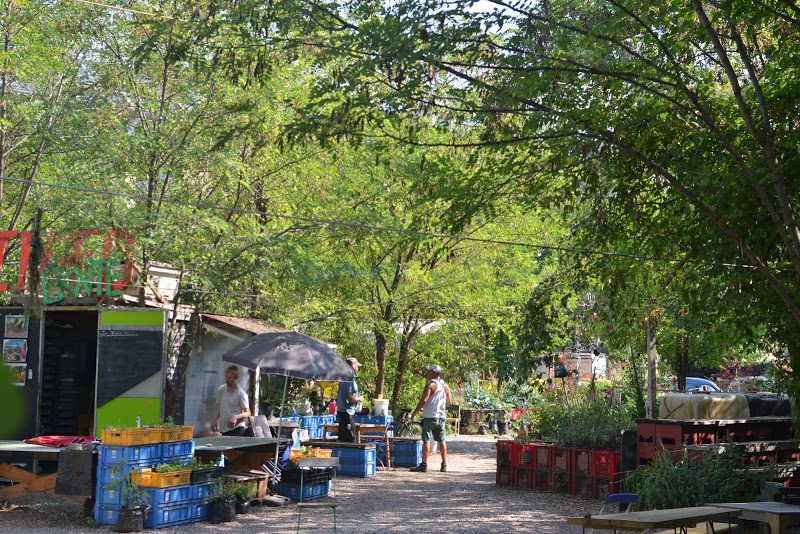
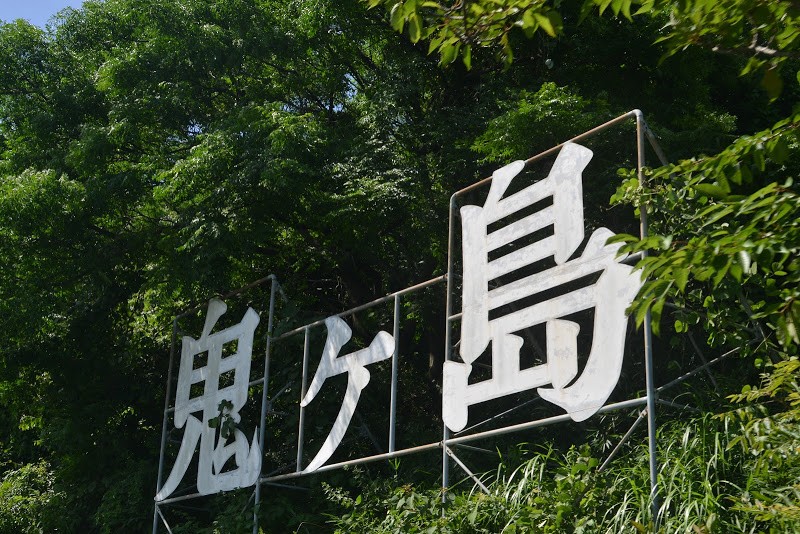
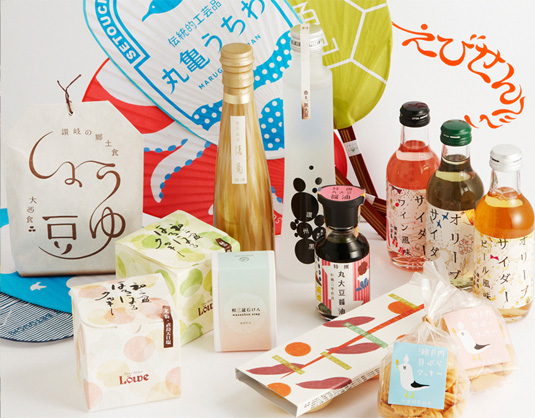
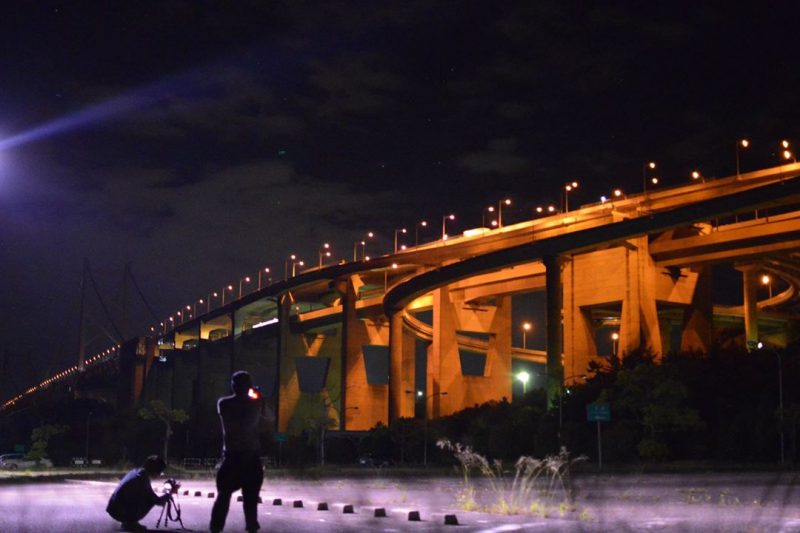
![【徳島】サーフィンとコーヒーをこよなく愛すマスターのお店『とよとみ珈琲』 – [Tokushima] Toyotomi Coffee](https://yousakana.jp/wp-content/uploads/2020/04/toyotomi-coffee.jpg)

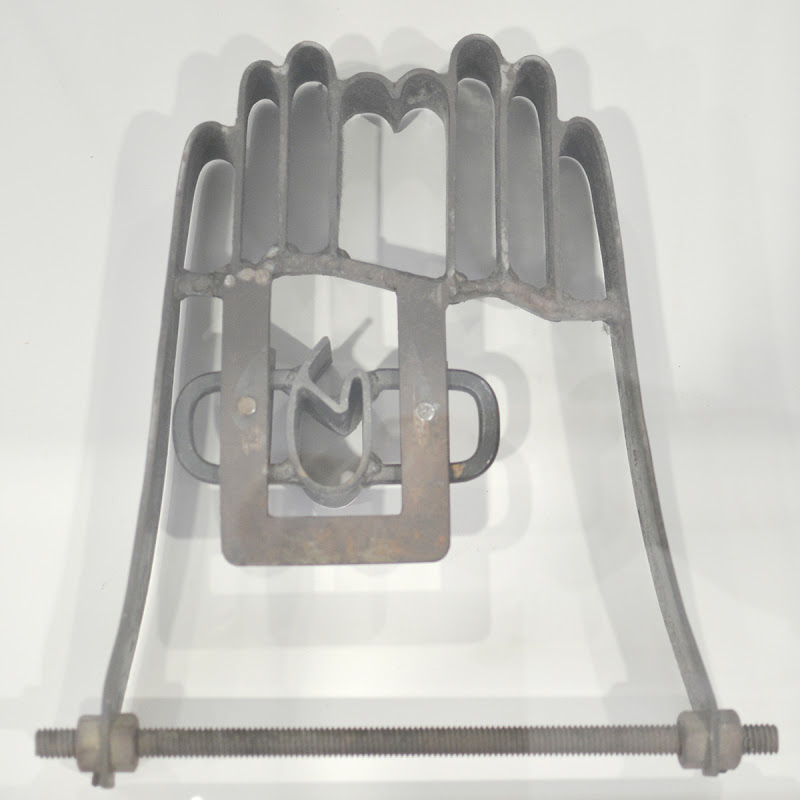
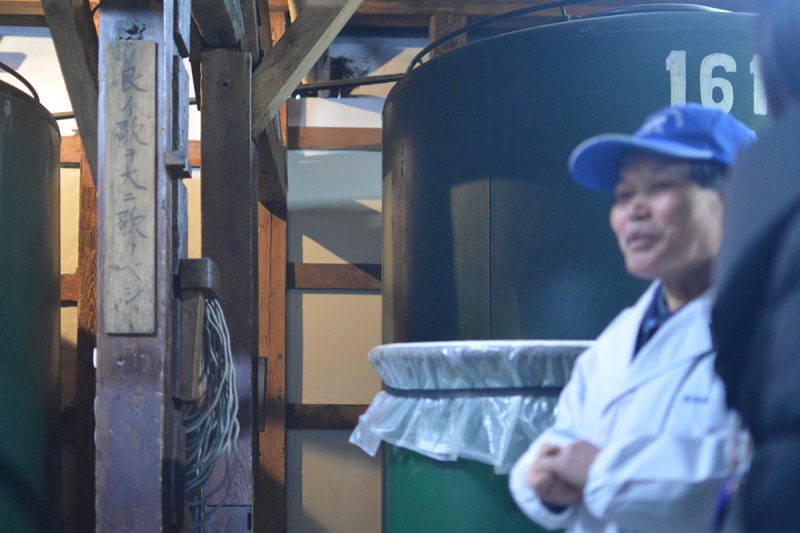
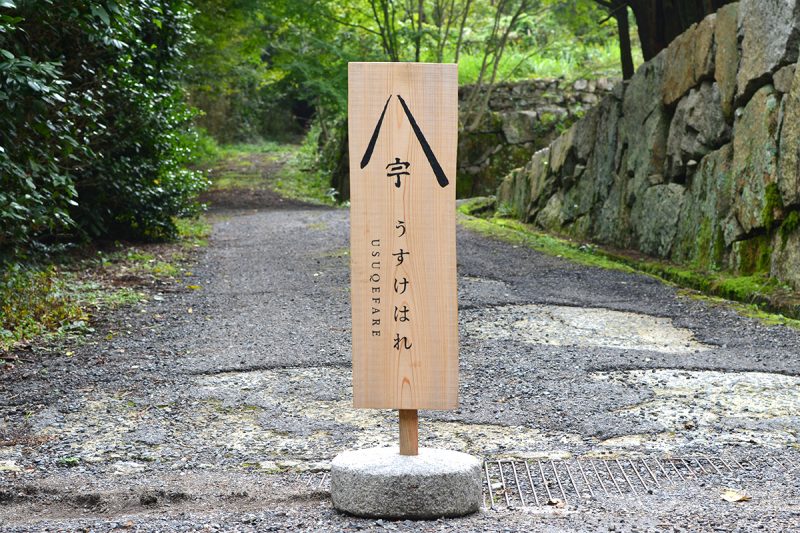
![【直島】泊まれる美術館、ベネッセハウス – [Naoshima island] Stay in the Art Museum “Benesse House”](https://yousakana.jp/wp-content/uploads/2020/12/Benesse-Art-Site-Naoshima-1-800x533.jpg)
![【香川】仏生山 来迎院 法然寺(ほうねんじ) – [Kagawa] Houenji Temple, Raigoin, Busshozan](https://yousakana.jp/wp-content/uploads/2024/06/panorama_honenji-temple_busshozan-03-800x533.jpg)
![【岡山】桃太郎伝説の鬼神・温羅の居城『鬼ノ城』 – [Oayama] “Kinojo Castle”, the residence of Ura, the demon god of the Momotaro legend.](https://yousakana.jp/wp-content/uploads/2023/06/Kinojo-Castle_Oayama-800x533.jpeg)
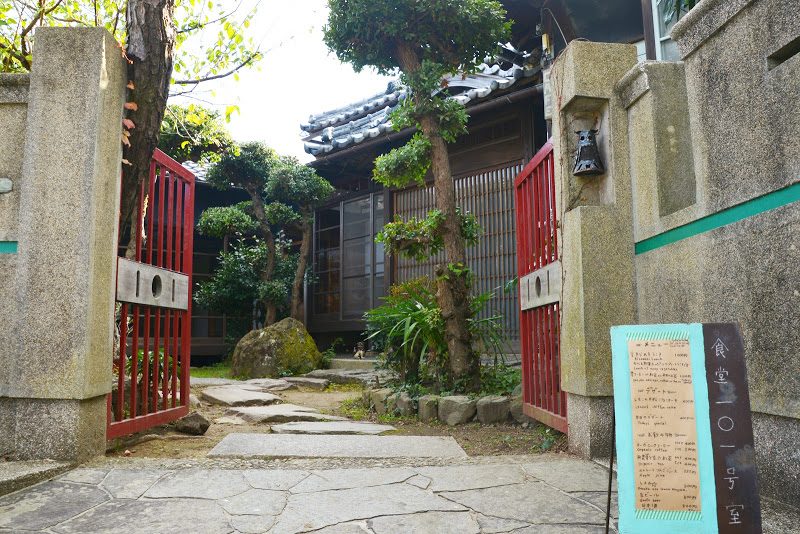
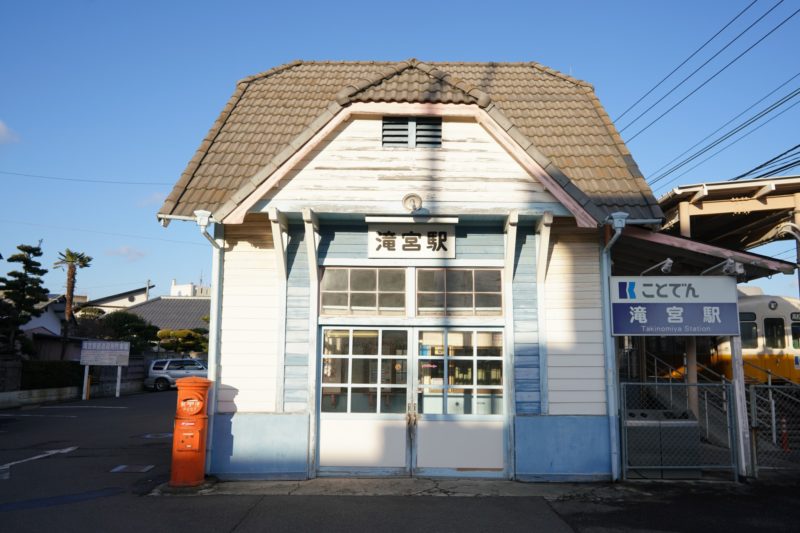
![【香川】建築家・山本忠司。風土に根ざし、地域を育む建築 – [Kagawa] Architect Tadashi Yamamoto](https://yousakana.jp/wp-content/uploads/2019/02/Seto-Inland-Sea-History-Folk-Museum-3-800x535.jpg)

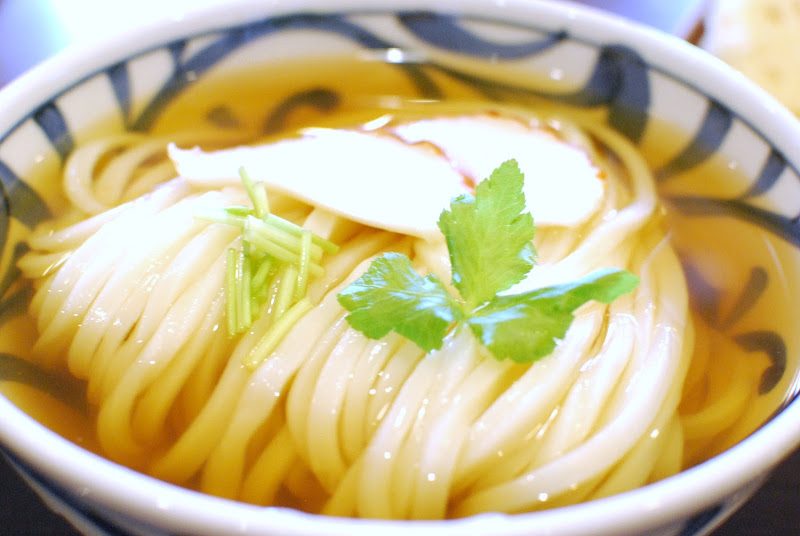

![【徳島】うつわと暮らしのもの『ナガヤプロジェクト』 – [Tokushima] nagaya.](https://yousakana.jp/wp-content/uploads/2025/06/nagaya-tokushima-800x534.jpg)
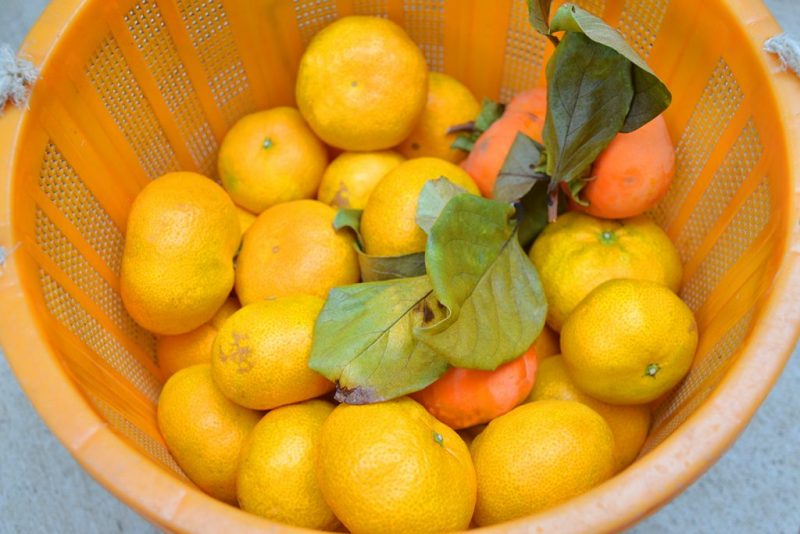
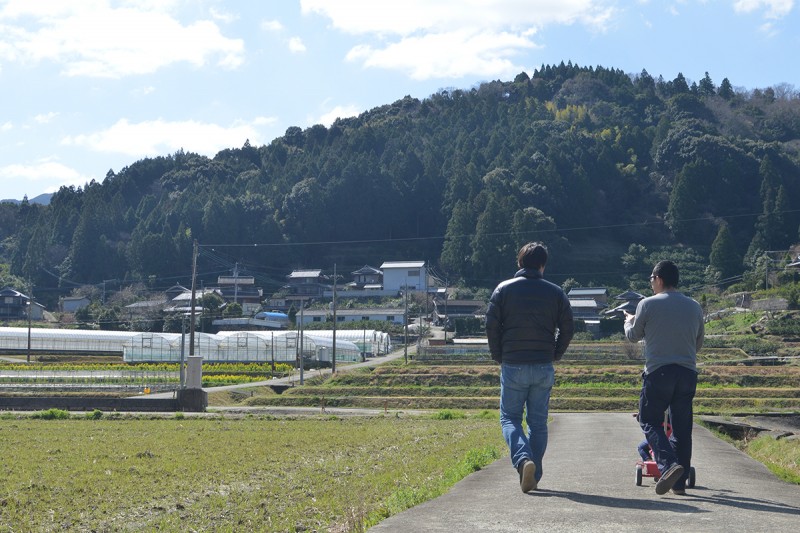
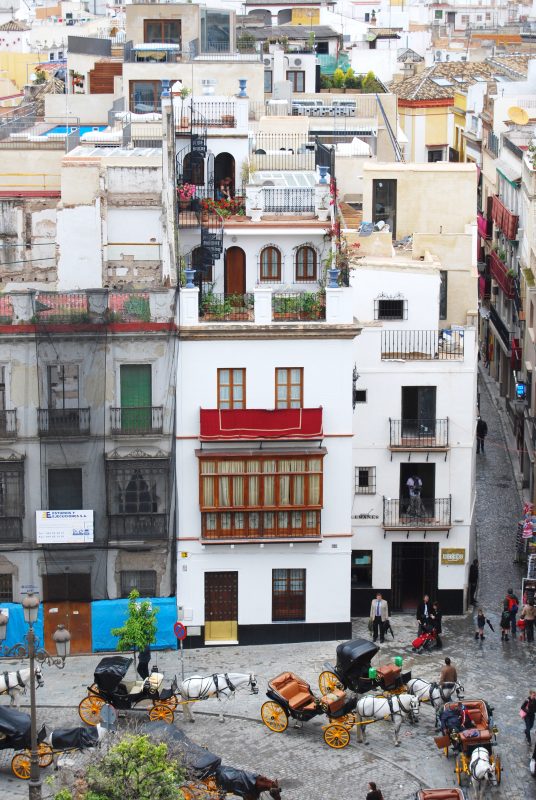
![【徳島】 ゼロ・ウェイストアクションホテル『WHY』 – [Tokushima] Kamikatsu town Zero Waste Action Hotel “WHY”](https://yousakana.jp/wp-content/uploads/2020/12/hotel-why_kamikatsu_tokushima-800x533.jpg)
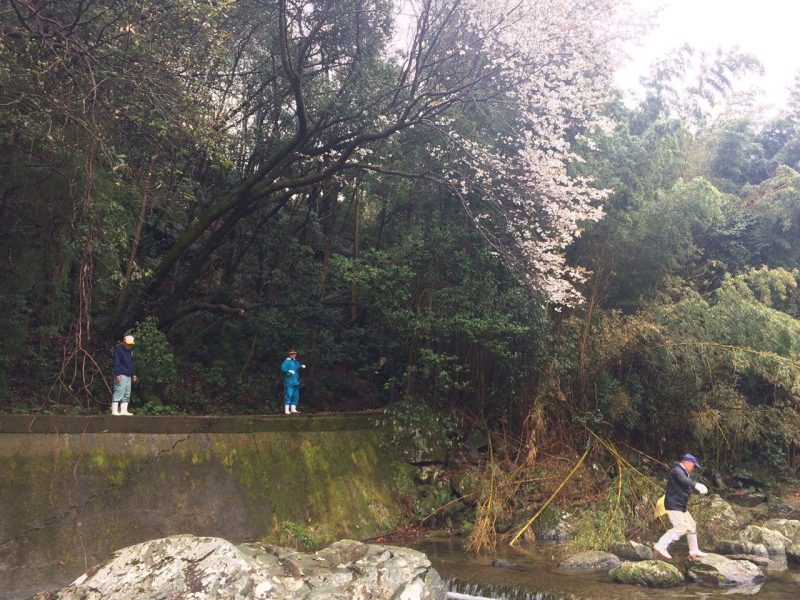
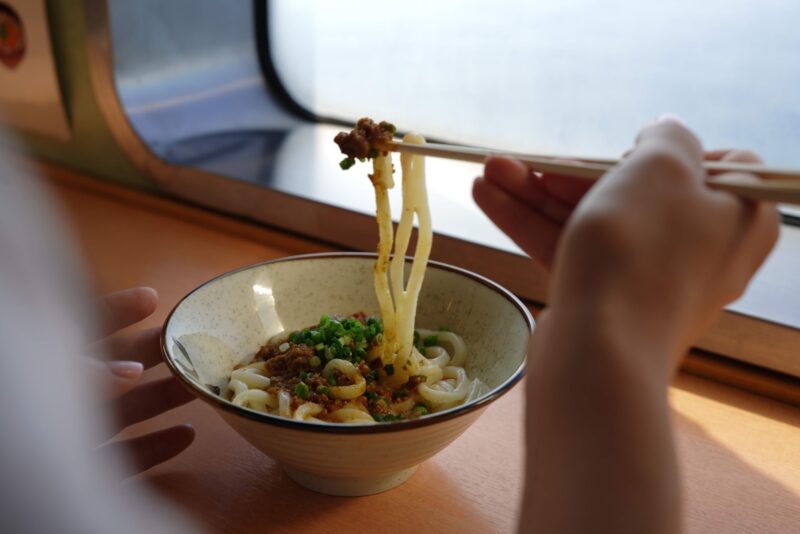
![【閉店】多くの芸術家が愛した讃岐料理「まいまい亭」 – [Closed] Maimai-tei, rendezvous for artists](https://yousakana.jp/wp-content/uploads/2018/12/hirarani-isamu-noguchi-800x534.jpg)
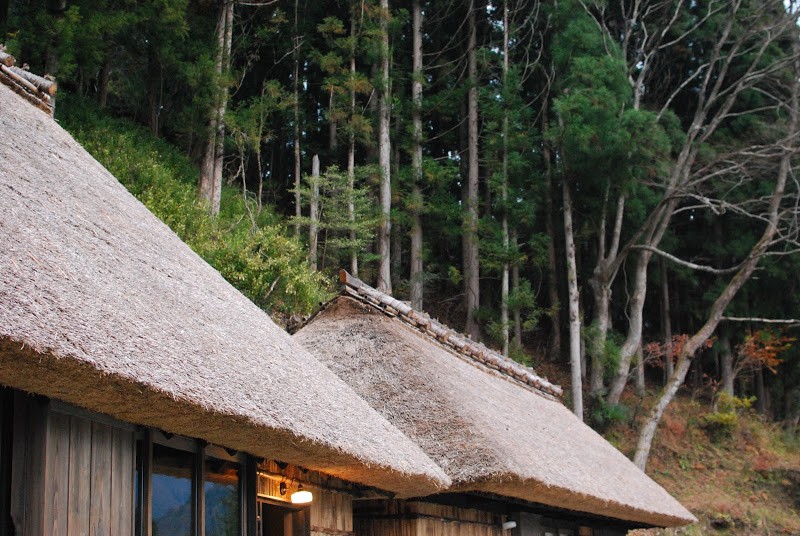
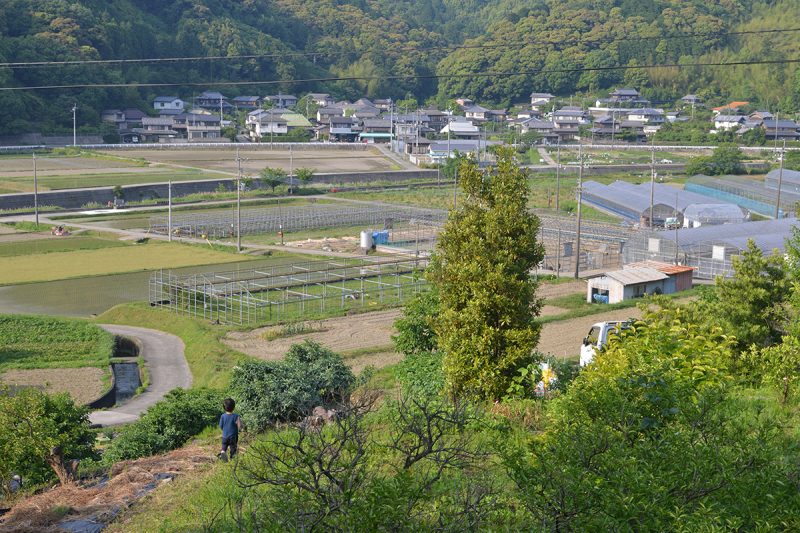
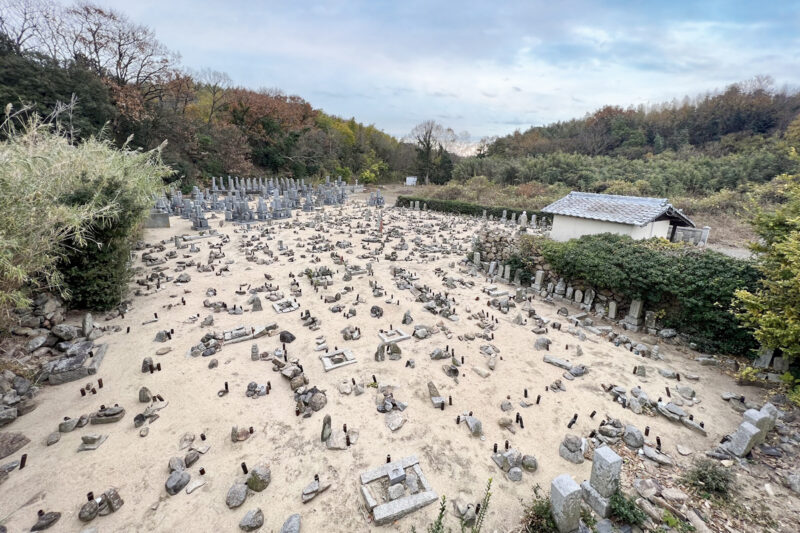
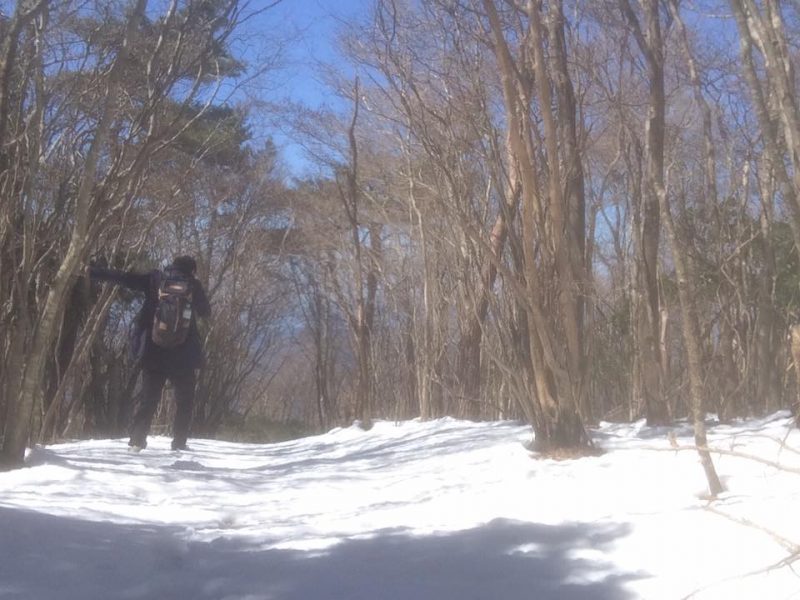
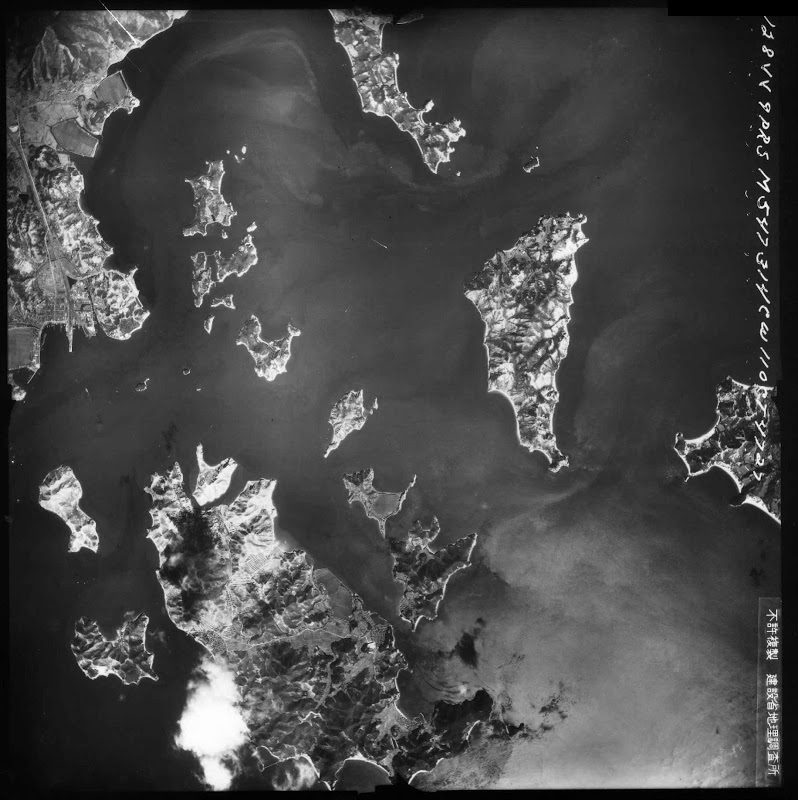
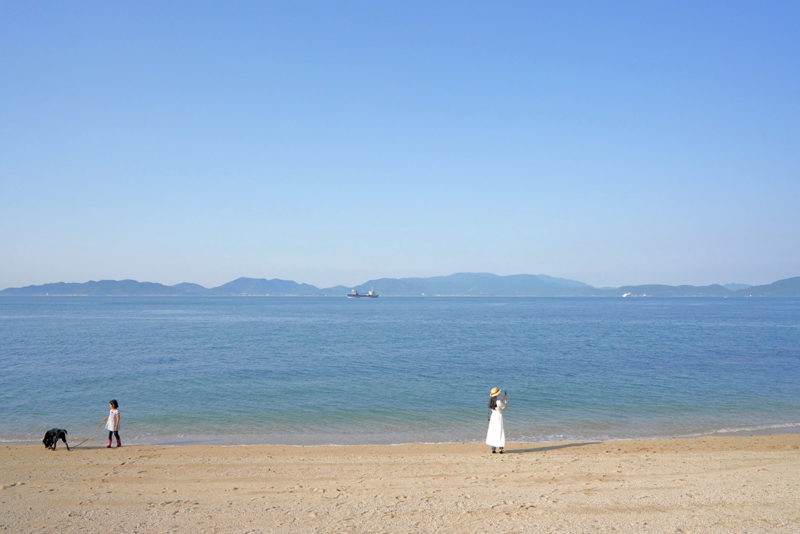
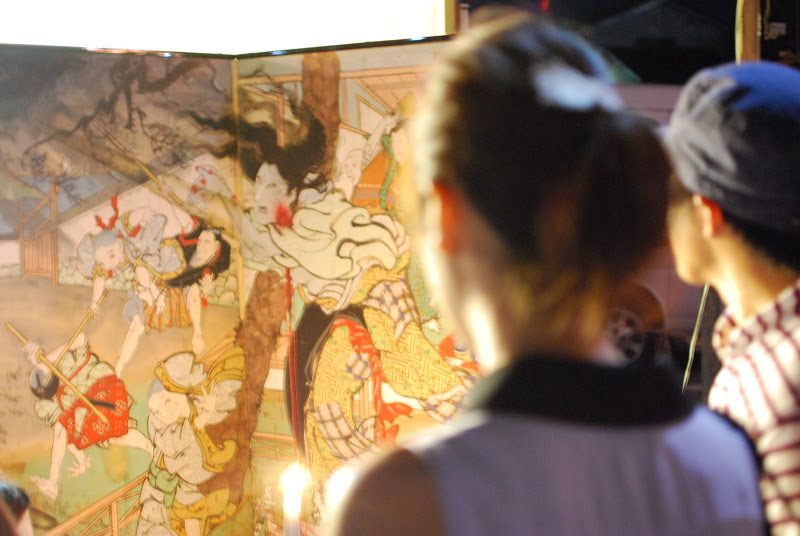
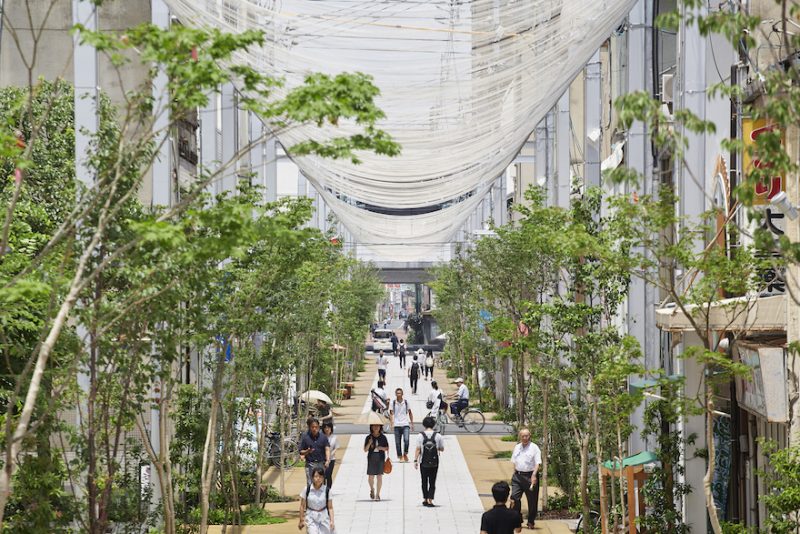
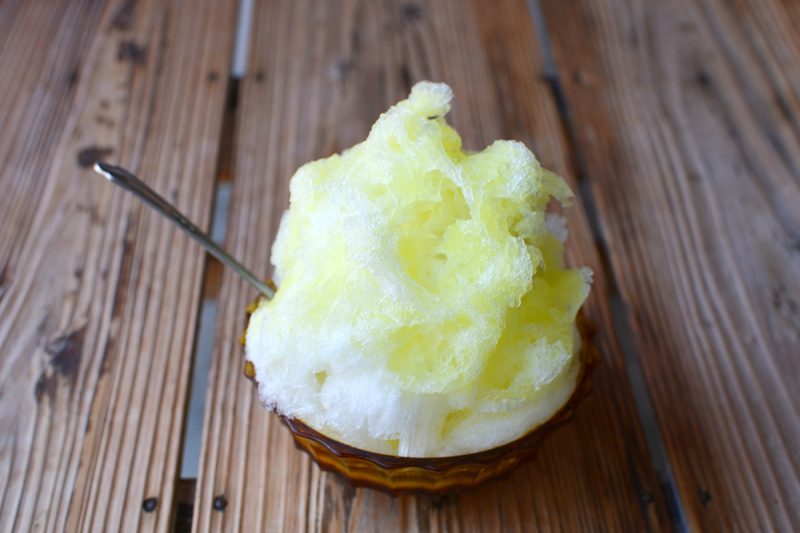
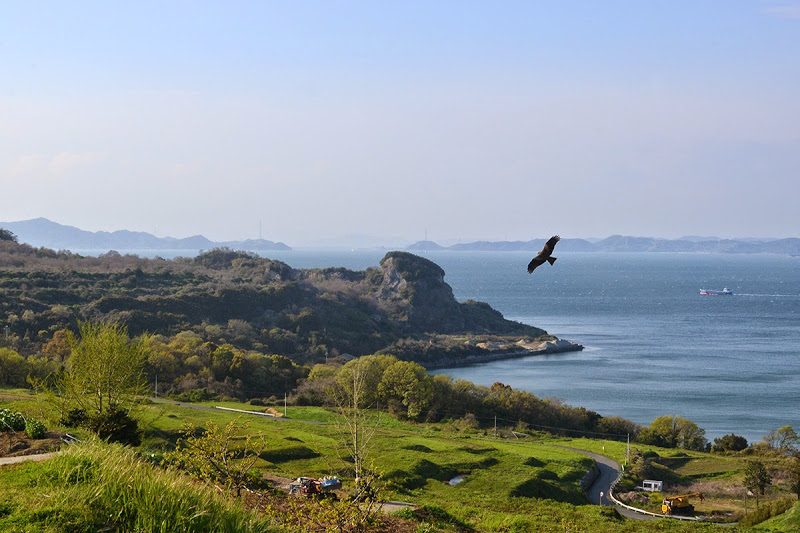
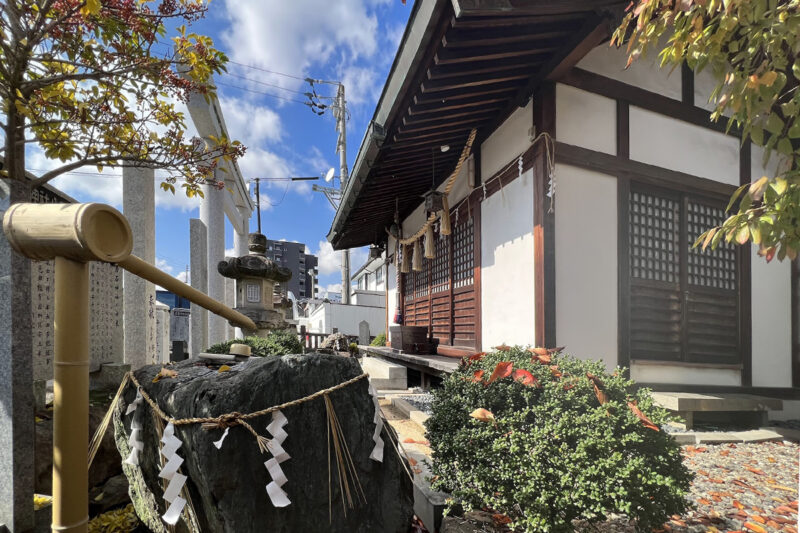
![【香川】1950年創業の豆菓子専門店『筒井製菓』 – [Kagawa] Tsutsui Confectionery, a specialist in bean confectionery, established in 1950.](https://yousakana.jp/wp-content/uploads/2024/02/tsutsui_mamegashi_kagawa-800x533.jpeg)
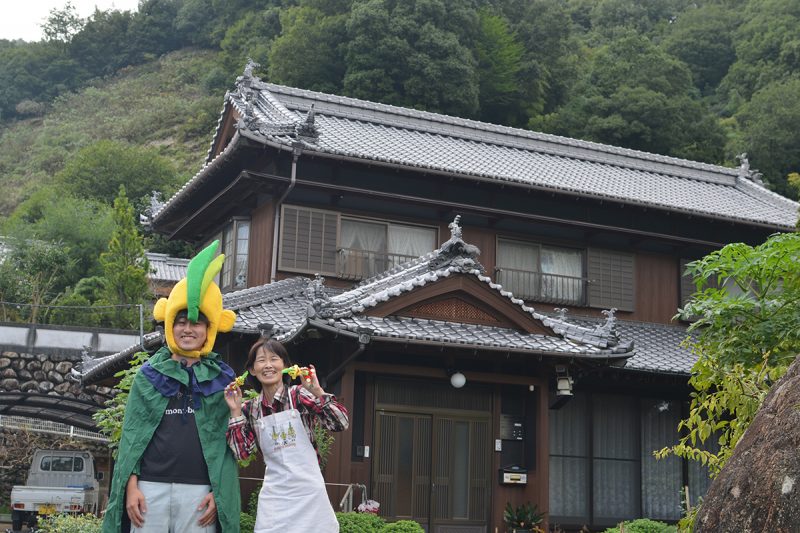
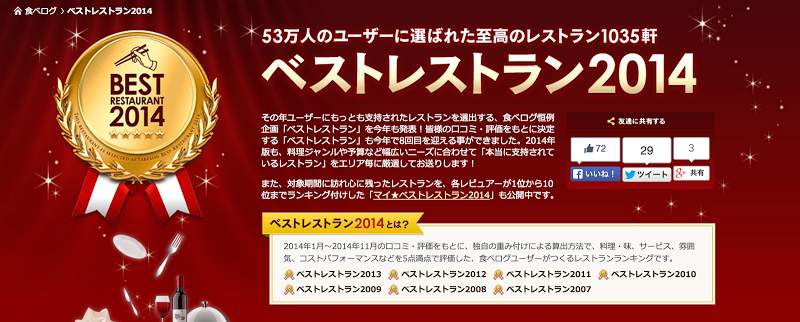
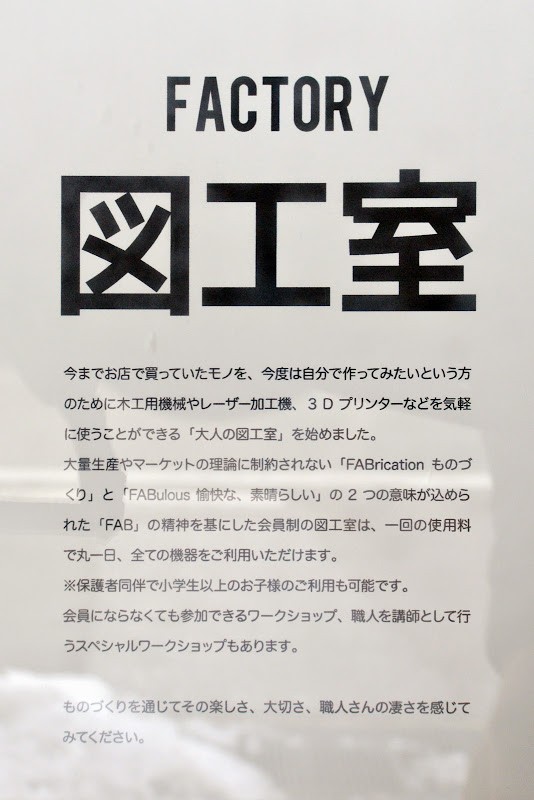
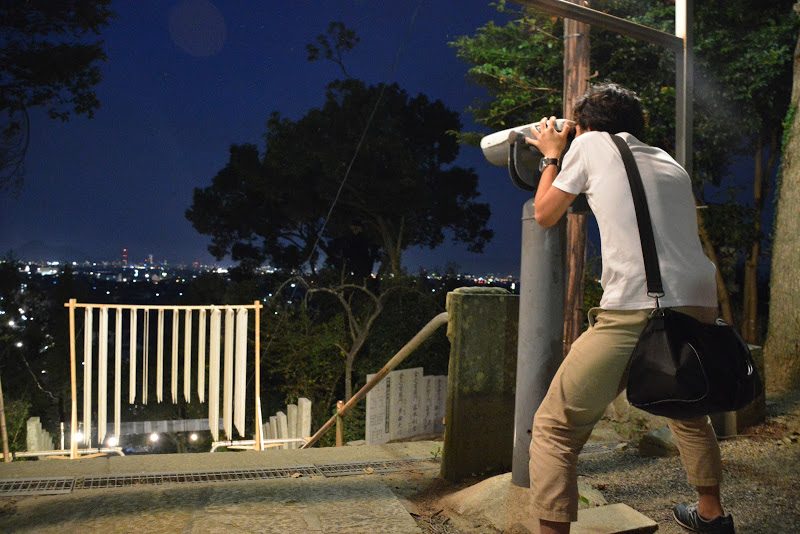
![【香川 2/11】男木島のスイセン郷。1100万本のスイセンと海鮮魚市場 – [Ogijima island] blooming daffodils and fish market](https://yousakana.jp/wp-content/uploads/2013/03/ogiijma-kaisen-walk-800x536.jpg)
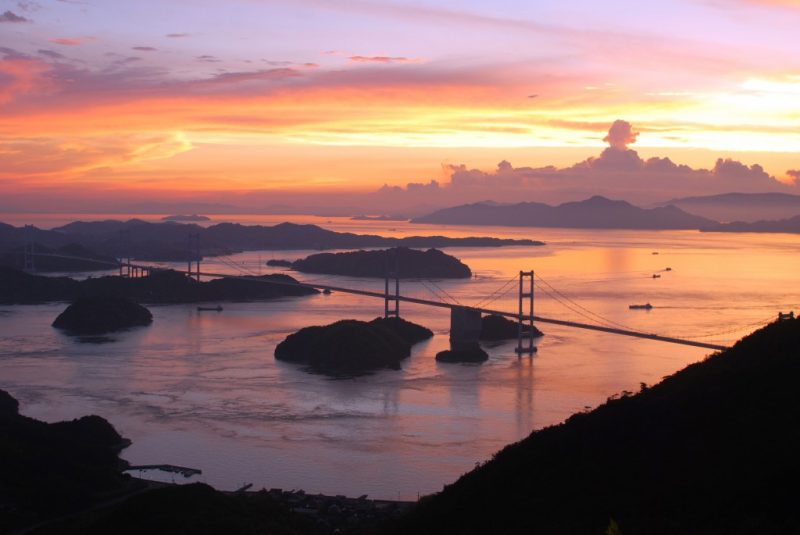
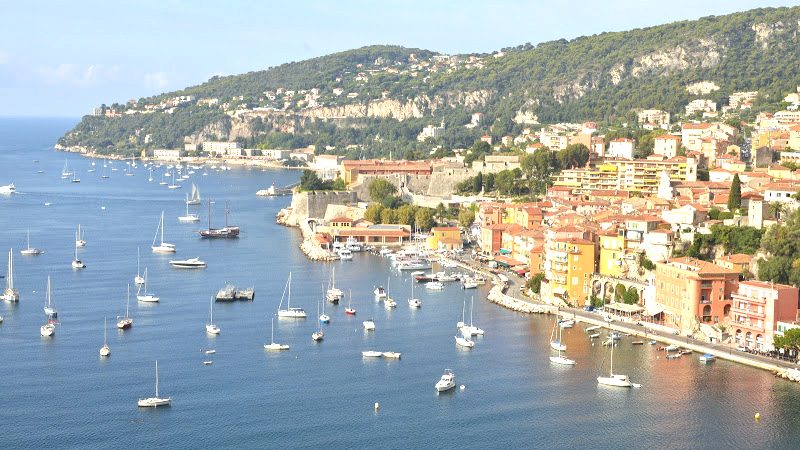
![【香川】花崗岩の採石で栄えた小さな島、小与島(こよしま) – [Kagawa] Koyoshima island](https://yousakana.jp/wp-content/uploads/2020/08/koyoshima-island-800x534.jpg)
![【香川】サウナシュラン2024で全国10位!1300年前の古代サウナ「塚原のから風呂」 – [Kagawa] ”Tsukahara Karafuro” Ancient SAUNA of Tsukahara, Sanuki city](https://yousakana.jp/wp-content/uploads/2019/03/karafuro-tsukahara-1-800x533.jpg)
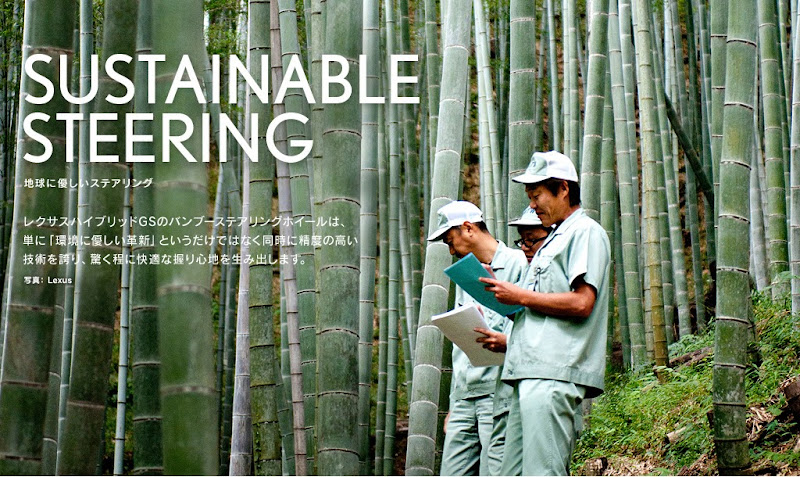
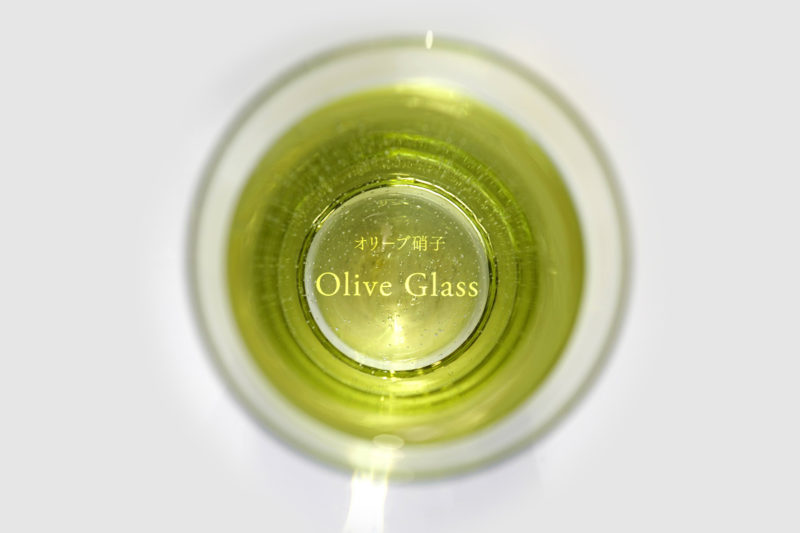
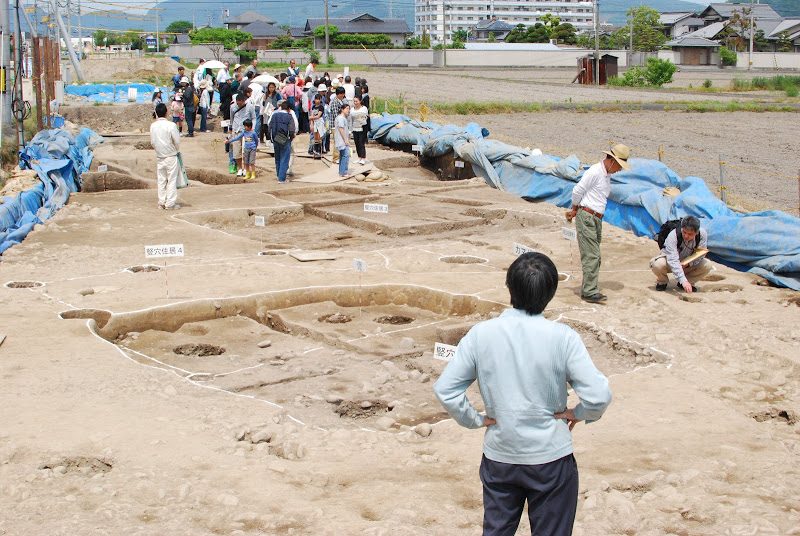
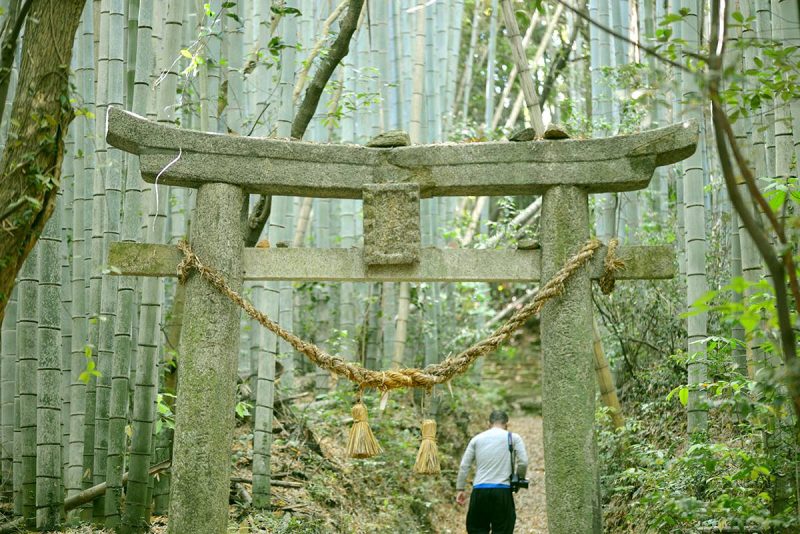
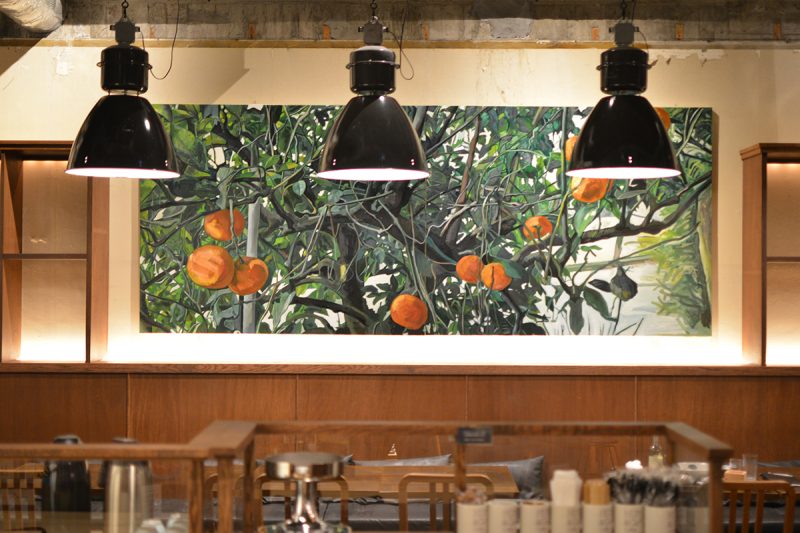
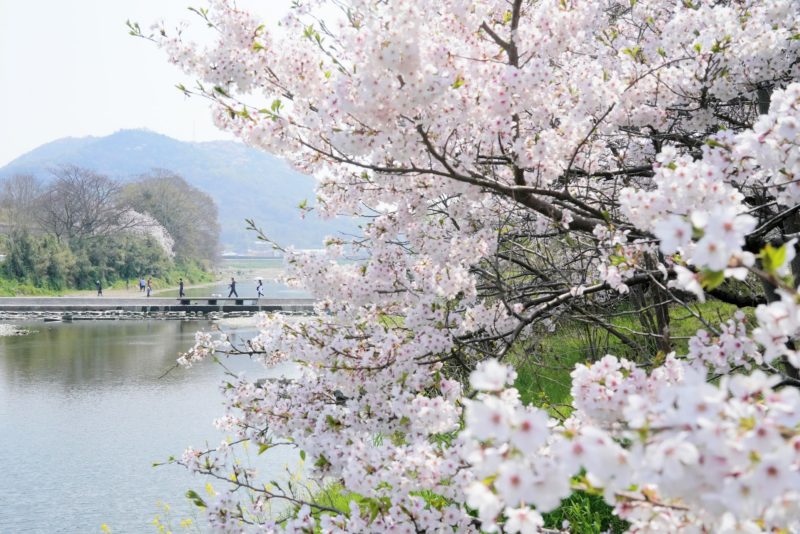
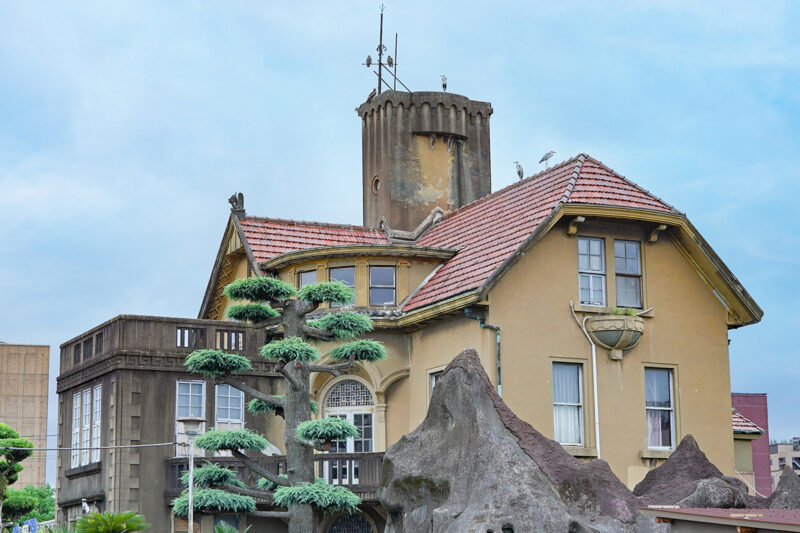
![【香川】約1万5千株のハナショウブ『亀鶴公園』 – [Kagawa] Kikaku park, 15,000 Japanese iris](https://yousakana.jp/wp-content/uploads/2024/06/iris-kikaku-park-800x533.jpeg)
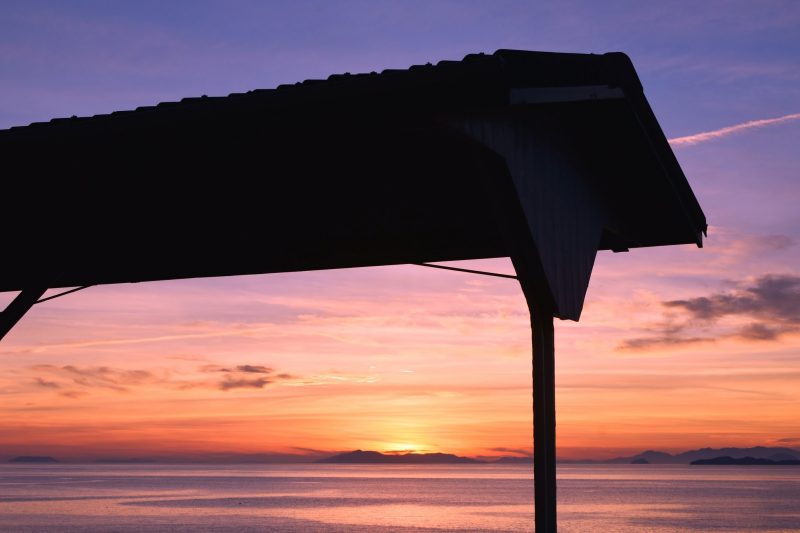
![【香川】地球で冷やした冷風が吹き抜ける!高鉢山の風穴 – [Kagawa] Earth-cooled winds blow through! Blowing cave in Mt. Takahachi](https://yousakana.jp/wp-content/uploads/2024/07/Blowing-cave_fuketsu_mt-takahachi-800x533.jpg)
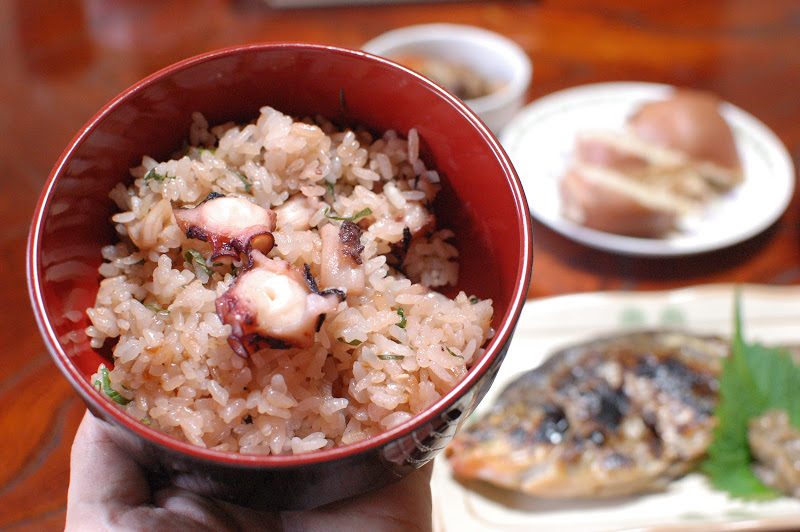
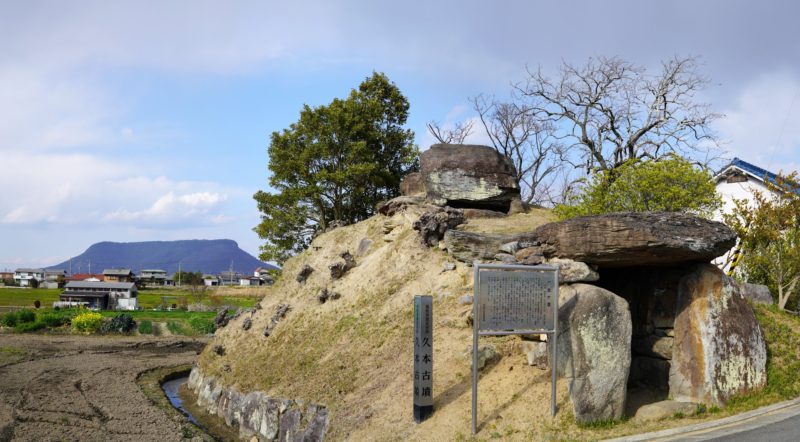
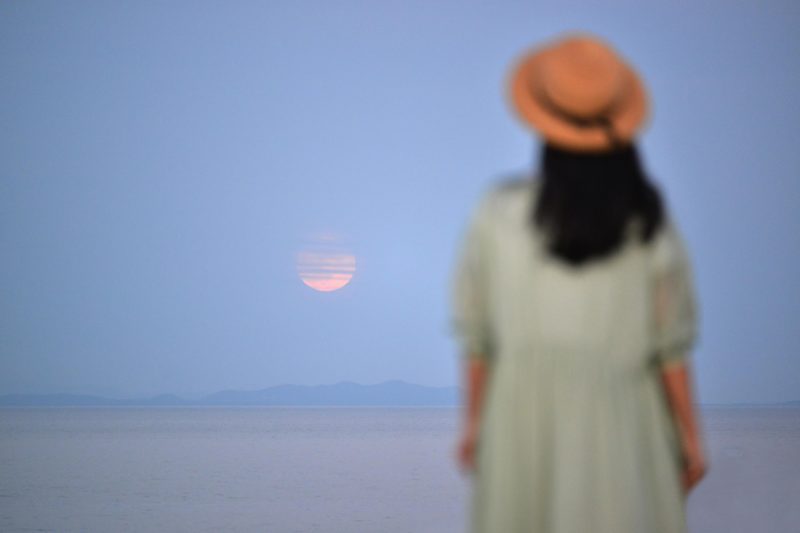
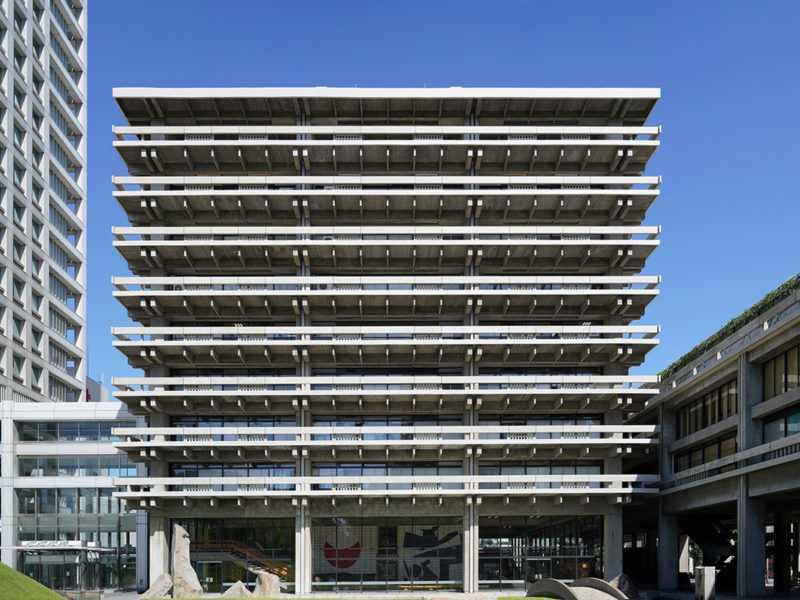
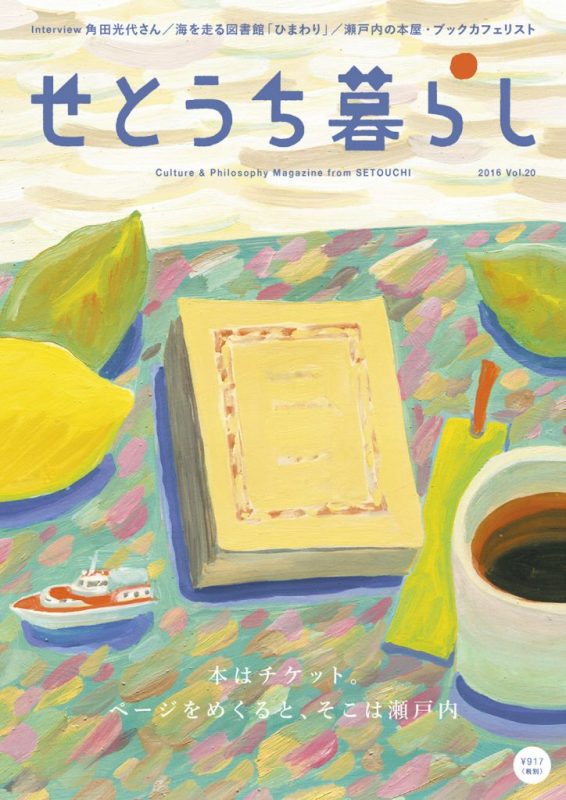
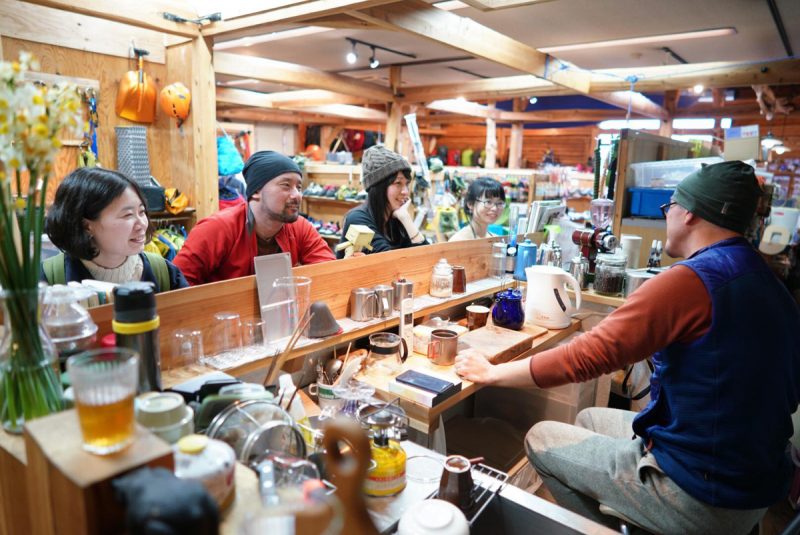
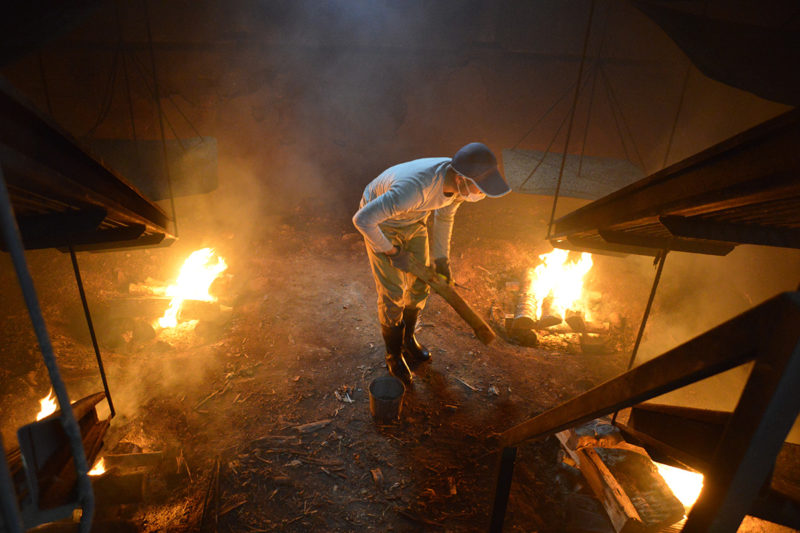
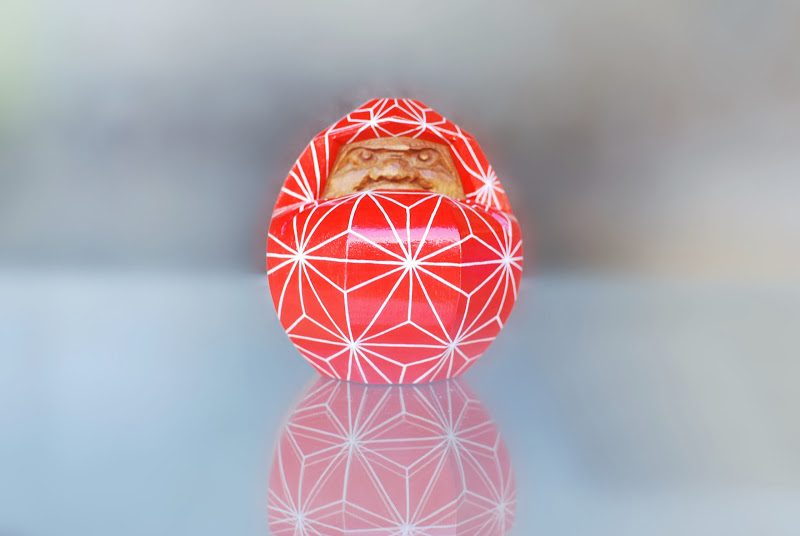
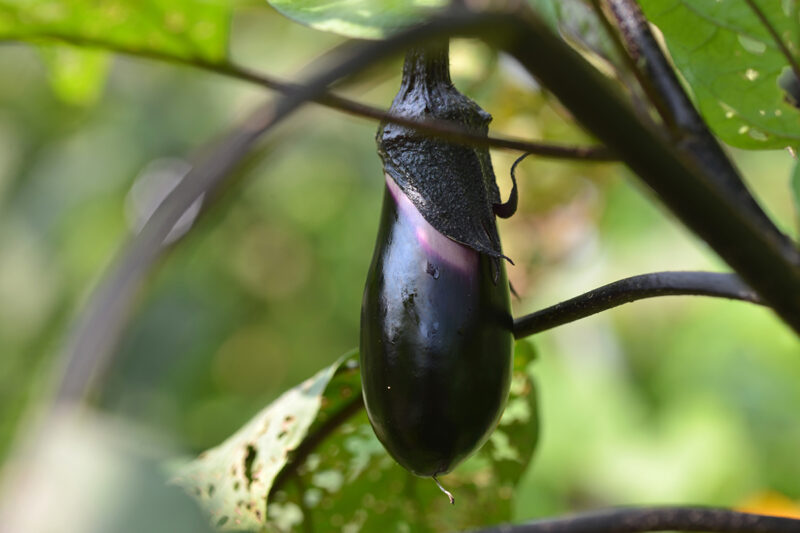
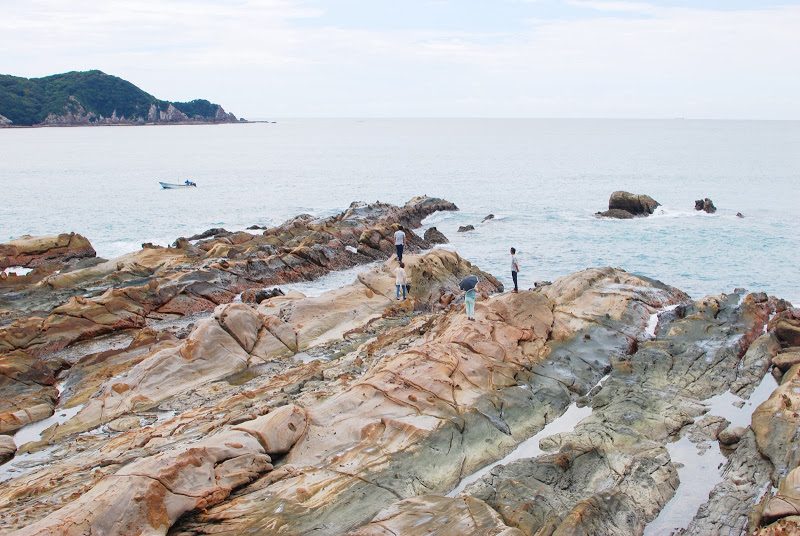
![【生誕102年 香川】彫刻家『流政之』 – [Kagawa] Sculptor Masayuki Nagare](https://yousakana.jp/wp-content/uploads/2019/04/nagare_matakimai-1-800x534.jpg)
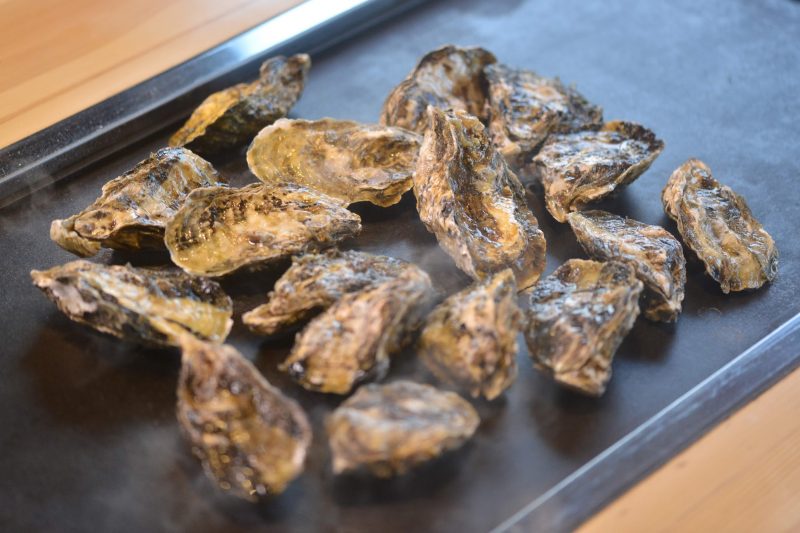
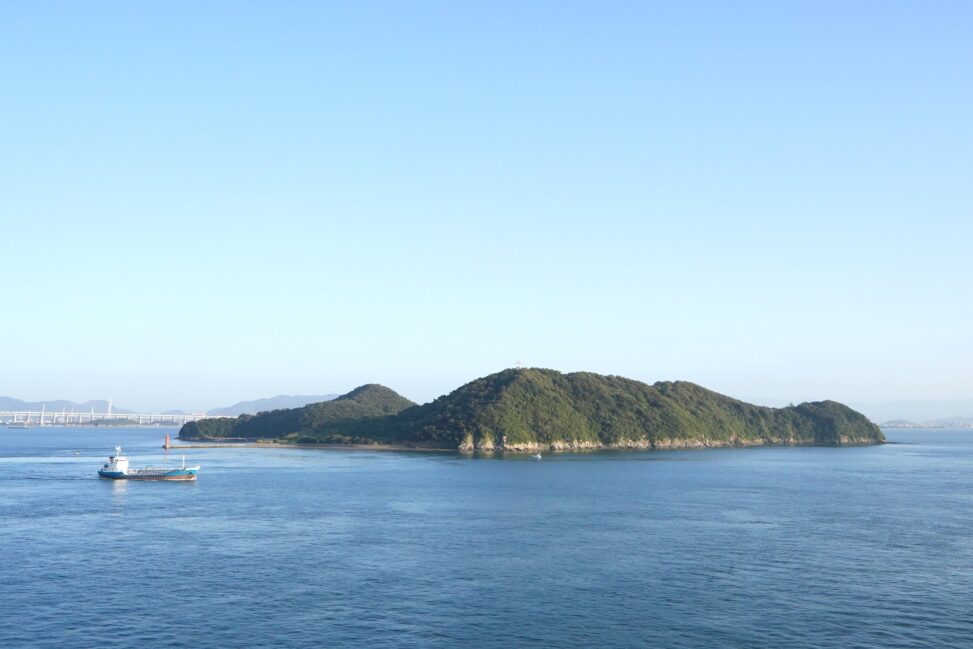





コメントを残す